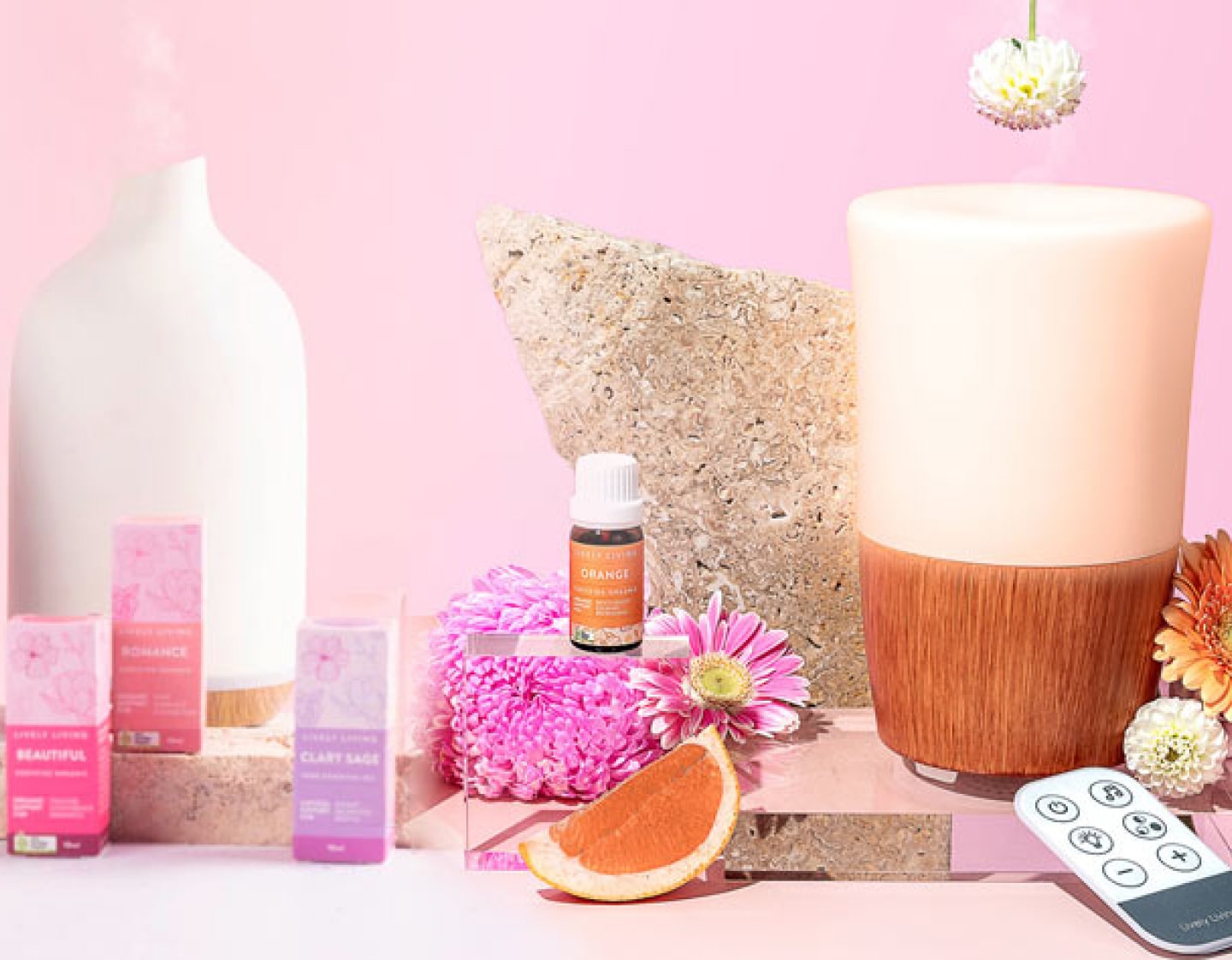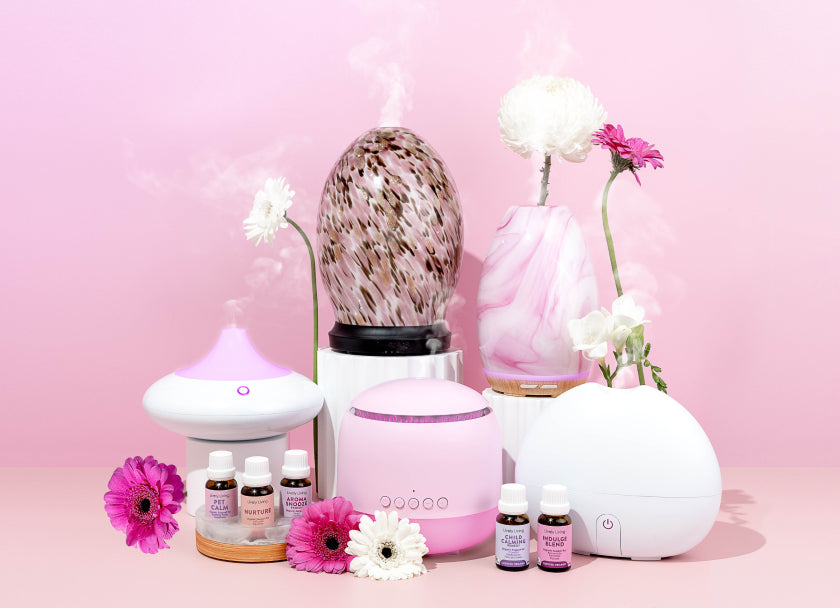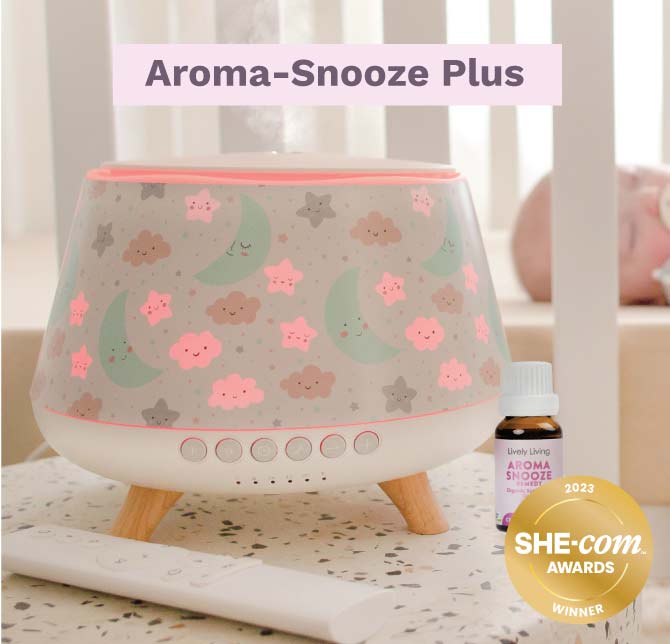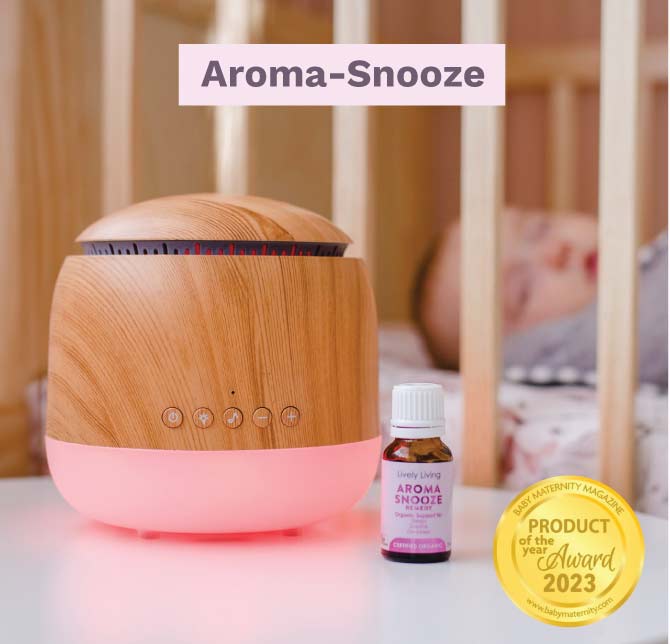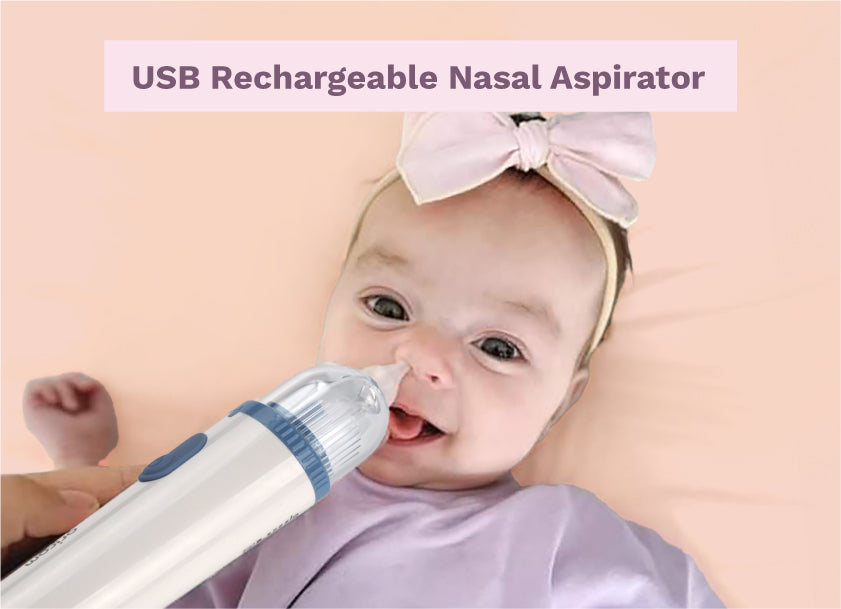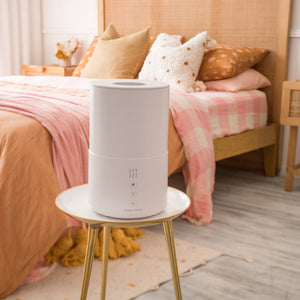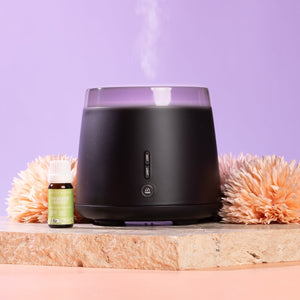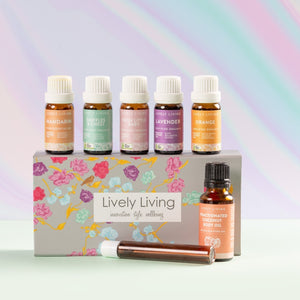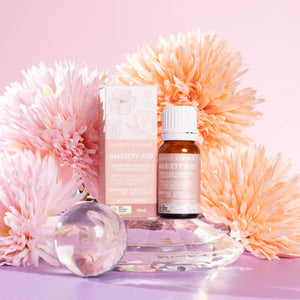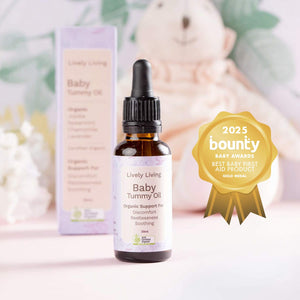How to Clear a Congested Baby's Nose for Feeding
Imagine this: you're trying to feed your fussy baby, but their nose is so stuffed up they can barely breathe, let alone latch. It's a common scenario that many parents face, and it's undeniably frustrating. The good news is that learning how to clear a congested baby's nose for feeding can make mealtime a lot easier and a lot less stressful for both of you. I'll walk you through some tried-and-true techniques so you can confidently tackle this parenting challenge.
Table Of Contents:
- Why Does My Baby Get So Congested?
- How a Stuffy Nose Impacts Feeding
- How to Clear a Congested Baby's Nose for Feeding: A Step-by-Step Guide
- When to See a Doctor
- FAQs about How to Clear a Congested Baby's Nose for Feeding
- Conclusion
Why Does My Baby Get So Congested?
Babies, especially newborns, are prone to congestion. Their nasal passages are tiny, making them easily blocked by even a small amount of mucus. This mucus production isn’t necessarily a bad thing. According to experts at WebMD, mucus helps protect their little bodies.
It does this by trapping germs and preventing them from getting further into the respiratory system. Several things can trigger a baby’s nasal congestion, leading to a baby's stuffy nose:
- Colds: These are caused by viruses and are super common in babies and children because their immune systems are still developing. Colds usually run their course within a week or two.
- Allergies: Just like adults, babies can be allergic to things like dust mites, pollen, pet dander, or even certain foods.
- Dry air: Dry air, particularly during the winter months, can dry out a baby's nasal passages. This makes mucus thicker and more difficult to clear, which can lead to that frustrating stuffiness.
- Irritants: Think smoke (even secondhand smoke), strong perfumes, and fumes from cleaning products.
If your baby seems particularly distressed, has a fever, or isn’t feeding well, it’s a good idea to check in with your pediatrician. There might be an underlying issue that needs medical attention, such as an ear infection.
How a Stuffy Nose Impacts Feeding
Before we dive into the techniques for how to clear a congested baby's nose for feeding, it’s important to understand *why* clearing their nose is so critical for a good feed. Babies are obligate nasal breathers, which basically means they breathe through their noses, not their mouths — at least for the first few months of life.
You've probably noticed how babies can simultaneously breathe and drink during a feed, especially if you've spent any time breastfeeding. That's because they can maintain a seal around the nipple or bottle while breathing through their nose. However, when a baby is congested, they have to open their mouth to breathe.
This breaks this crucial seal and interrupts the feed. They may become fussy, frustrated, or even tire out quickly. It’s exhausting for them to keep stopping and starting a feed.
How to Clear a Congested Baby's Nose for Feeding: A Step-by-Step Guide
Congestion can make feeding difficult, but there are steps you can take to ease the struggle.
1. Saline Solution to the Rescue
Saline solution is your go-to, first-line-of-defense for a congested baby's nose. It's gentle, safe, and incredibly effective in thinning and loosening mucus, making it much easier to remove. Plus, it’s readily available at most drugstores and grocery stores.
Here’s how to use saline solution:
- Lay your baby on their back, either on a changing pad or on your lap.
- Gently tilt their head back.
- Use a saline nasal spray or saline drops, administering 2-3 drops or sprays into each nostril.
- Let the saline solution sit for a few moments to help loosen the mucus.
2. The Magic of the Nasal Aspirator
The breast milk might be magic for a baby's immune system, but for congestion, you’ll want a nasal aspirator to truly tackle the snot situation. Nasal aspirators, sometimes lovingly called 'snot suckers,' come in various types. This is a helpful tool for clearing a baby's nose, especially before a feed. You can gently suck out the loosened mucus.
There are three primary types:
- Bulb Syringe: These are the most basic types. However, they can be tricky to clean thoroughly.
- Manual Aspirator: These are tube-like devices that you use to suction out mucus, offering more control over suction than bulb syringes. They are generally not that effective.
- Electric Aspirator: The high-tech of the snot-sucking world, these devices do the work for you, using a motor to create suction. Many parents find the electric USB recharegeable aspirator from Lively Living highly effective.
Regardless of what aspirator you use, it’s crucial to use it gently. Be sure to follow the manufacturer’s instructions carefully.
3. Try a Humidifier
Dry air is a major culprit in nasal congestion. Humidifiers add moisture to the air, easing those dry nasal passages and thinning out that stubborn mucus. This can make it easier for your baby to breathe easier and feed. It can be especially useful to run a humidifier at night in your baby's room.
You'll need to choose a cool-mist humidifier rather than a warm-mist model. Warm mist humidifiers can pose a burn risk, especially for curious little hands that might get too close. Lively Livings Aroma-Snooze range is award winning and recommended by parents and doctors Australia wide.
4. Elevate Your Baby's Head
Gently elevating your baby's head can also promote better drainage, improving their breathing, at least to a degree. For infants, you can elevate the head of their crib mattress slightly. You can also hold your baby in a more upright position when feeding.
Avoid using pillows directly under a baby’s head due to suffocation risk. You should consult with your pediatrician on the best and safest ways to elevate your baby’s head for sleeping.
5. Warm Compress
This is a classic home remedy that works wonders for babies and adults. The warmth of the compress helps soothe discomfort and potentially loosen mucus, as well.
Here's how to apply one:
- Dampen a washcloth with warm (not hot) water.
- Gently wring out excess water and place it over your baby's nose and forehead.
- Hold the washcloth there for a few minutes, rewarming it as needed.
You'll want to check the temperature of the washcloth to ensure it’s not too hot for your baby’s sensitive skin.
6. Encourage Fluids
This one primarily applies to babies who are old enough to start drinking water or having some solids, typically after six months old. Staying hydrated thins the mucus and aids in clearing congestion. If you're breastfeeding, feed your baby more frequently to increase their fluid intake.
7. Steam It Up
Take advantage of the power of steam, especially if your little one has a runny nose. It loosens mucus and clears nasal passages, giving your baby some breathing relief.
Try this method:
- Run a hot shower or bath and let the bathroom fill with steam.
- Sit in the steamy bathroom with your baby for 10-15 minutes.
Never leave a baby unattended in a bathroom, even if the water is turned off.
8. Avoid Harsh Irritants
Smoke, strong scents, dust, and certain cleaning products can irritate a baby’s sensitive airways and exacerbate their congestion. Limit your baby's exposure to any potential triggers by being mindful of your surroundings.
Here are some steps to create a more irritant-free environment:
- Avoid cigarette smoke around your baby.
- Opt for unscented cleaning and laundry products.
- Minimize dust by regularly cleaning and vacuuming. Use dust mite covers on your baby's crib mattress and pillows.
If you suspect an allergy might be the cause of your baby's congestion, you might consult with your baby’s pediatrician or an allergist to pinpoint those allergens and see how you can best reduce their impact.
When to See a Doctor
Congestion can certainly put a damper on mealtimes, and while the above steps are excellent methods for how to clear a congested baby's nose for feeding, it’s crucial to know when those symptoms need medical attention.
Contact your pediatrician if your baby:
- Has a fever higher than 100.4° F.
- Has green, yellow, or blood-tinged mucus.
- Shows any signs of difficulty breathing, such as fast breathing, wheezing, or flaring nostrils.
- Has congestion that lasts longer than 10 days.
- Isn’t feeding well, is unusually fussy, or has decreased wet diapers (a sign of dehydration).
FAQs about How to Clear a Congested Baby's Nose for Feeding
What to do if baby's nose is too blocked to feed?
If a baby's nose is so blocked that it's interfering with feeding, try using saline drops or spray followed by a nasal aspirator. You can find nasal aspirators at most pharmacies, and they come in various forms, including bulb syringes and electric aspirators. Gently suctioning the mucus can provide quick relief.
How do I get my congested baby to eat?
Clearing your baby's nose is crucial because it makes it much easier for them to breathe while they’re feeding. Try a combination of saline drops or spray, a nasal aspirator, and a humidifier to loosen mucus and open nasal passages. Feeding your baby in a more upright position can also be helpful. If you're breastfeeding, remember frequent feeds, as breast milk helps keep babies hydrated, which is important when battling a cold.
How do I breastfeed my baby with a stuffy nose?
Breastfeeding a congested baby can feel especially tricky because you need a good latch to ensure proper milk transfer. Use saline solution and a nasal aspirator before you begin feeding. During the feed, try holding your baby more upright than usual to help their breathing.
If they need a break to breathe, allow them to detach and use the aspirator again as needed. Be patient; this won't last forever.
How can I decongest my baby's nose fast?
The quickest method is often to use a combination of saline spray or drops followed by a nasal aspirator. For fast relief of general nasal congestion, you can also try a steamy bathroom, ensuring you always keep your baby within arm’s reach. For more long-term relief, a humidifier can work wonders.
Conclusion
It can be a real challenge figuring out how to clear a congested baby's nose for feeding. Keep in mind, though, that while it's often uncomfortable for our little ones, nasal congestion is usually a normal part of growing up. With some simple steps, you can alleviate discomfort, ensure they can feed easily, and get them back to cooing, giggling, and exploring the world. When in doubt, don't hesitate to talk to your pediatrician.

